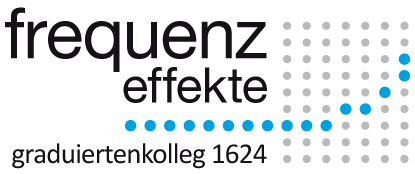Workshop: Usage statistics, semantic transparency and segmentability in the selection, access and (de)composition of complex words
| Ansprechpartner | Luke Bradley, Carmen Pietropaolo |
| luke.bradley@frequenz.uni-freiburg.de | |
| Termin | 4.-6. Mai 2017 |
| Ort | Großer Sitzungssaal, Dekanat der Philologischen Fakultät, Werthmannstraße |
Abstract: In recent years, the study of morphological processing has been invigorated by an increased use of neurobiological methods, as well as an increased focus on typological variation. Many key research questions, however, remain controversial at least four decades after their systematic investigation began. Some of these questions include: - whether complex words are represented and accessed independently or as ‘compositional’ combinations of stems and affixes in the mental lexicon - whether both independent and compositional representations may coexist, and, if so, which factors influence the choice of one route over another in lexical access - whether lexical access proceeds compositionally in the case of regular or default inflection but not in the case of irregular or non-default inflection, and which factors govern overregularization or analogical levelling - whether similar principles apply across in the processing of inflection, derivation and compounding, and whether, in the case of derivation and compounding, semantic opacity obliges full-form storage - how quickly semantics can be activated relative to perceptual input onset - why processing phenomena such as morphological priming differ along typological lines
This workshop seeks some consensus on the questions outlined above. What is the best model, implemented or otherwise, that we currently have of the organization of the mental lexicon and the addressing of its units in production and comprehension? To what extent must such a model integrate the neurobiological evidence for two systems (a left-hemispheric ‘combinatorial’ network and a bilateral full-form retrieval network) in morphological processing, if at all? Finally, to what extent must the model be able to incorporate highly variant, continuously-valued usage statistics (e.g. token and type frequency, semantic transparency, multiple exponence) in both interindividual variation and linguistic typology---up to and including isolating languages with no inflectional morphology---to account for the array of effects known from various modalities and experimental paradigms?
Invited Speakers: Eva Smolka (University of Konstanz) Mirjana Bozić (University of Cambridge) Tal Linzen (LSCP & IJN, École Normale Supérieure Paris) Adam Albright (Massachusetts Institute of Technology) Péter Rácz (University of Bristol) Harald Clahsen (PRIM, University of Potsdam) João Veríssimo (PRIM, University of Potsdam)
|


